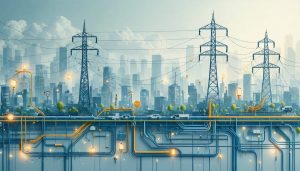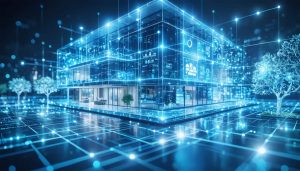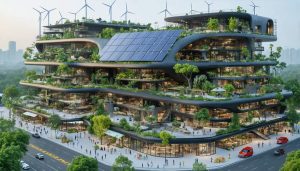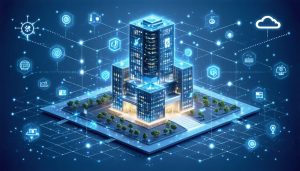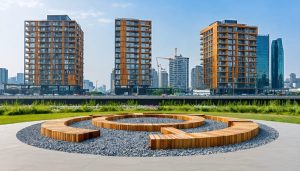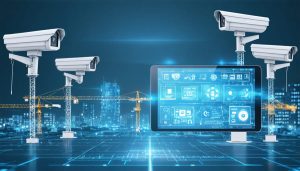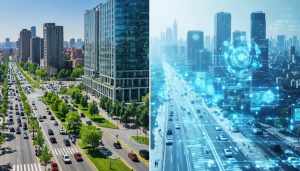
5G Networks Transform Urban Mobility: How Smart Cities Are Revolutionizing Transportation
The convergence of 5G technology and urban infrastructure is revolutionizing how modern cities operate, enabling unprecedented levels of connectivity and automation across smart urban mobility solutions and essential services. With data transmission speeds up to 100 times faster than 4G networks, 5G infrastructure serves as the backbone for real-time decision-making in traffic management, emergency response, and public utilities. This transformative …

